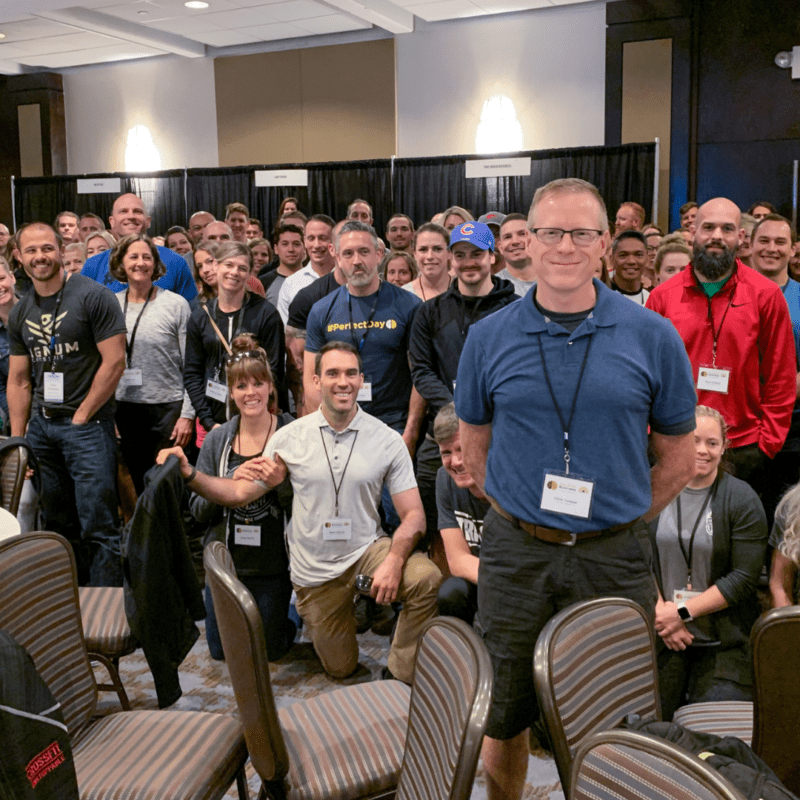Most of what we know is unproven. In fact, we THINK a lot, but we really don’t know much. Most of what we “know” is really just the opinion or thoughts of another person. We believe in certain ideas because they tell a compelling story, or support our worldview, or were said by a person we trust. What do we really KNOW to be true? What’s incontestable? These are the First Principles on which we can build. Here’s Elon Musk: I think generally people’s thinking process is too bound by convention or analogy to prior experiences. It’s rare that people try to think of something on a first principles basis. They’ll say, “We’ll do that because it’s always been done that way.” Or they’ll not do it because “Well, nobody’s ever done that, so it must not be good.” But that’s just a ridiculous way to think. You have to build up the reasoning from the ground up—“from the first principles” is the phrase that’s used in physics. You look at the fundamentals and construct your reasoning from that, and then you see if you have a conclusion that works or doesn’t work, and it may or may not be different from what people have done in the past. When our beliefs are challenged, that’s heresy (exhibit A: Greg Glassman vs “The Scientists,” circa 2002.) Schopenhauer: “All truth passes through three stages. First, it is ridiculed. Second, it is violently opposed. Third, it is accepted as being self-evident.” Glassman challenged fitness dogma, and mostly won. But has “Fitness In 100 Words” replaced the OLD dogma? Are we simply singing from a new hymn book? What do we KNOW to be true? Post your responses in our private Facebook group (if you ask, we’ll let you in.) Other ways to think phrase the question: What IS fitness? What’s required for the development (if anything) of fitness? What tools are available to ...
Read More →
